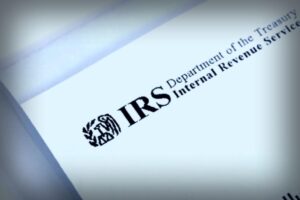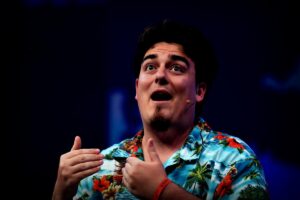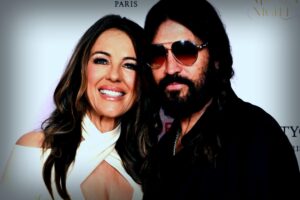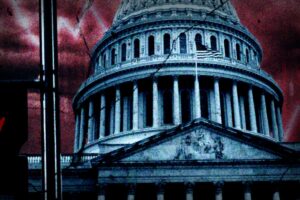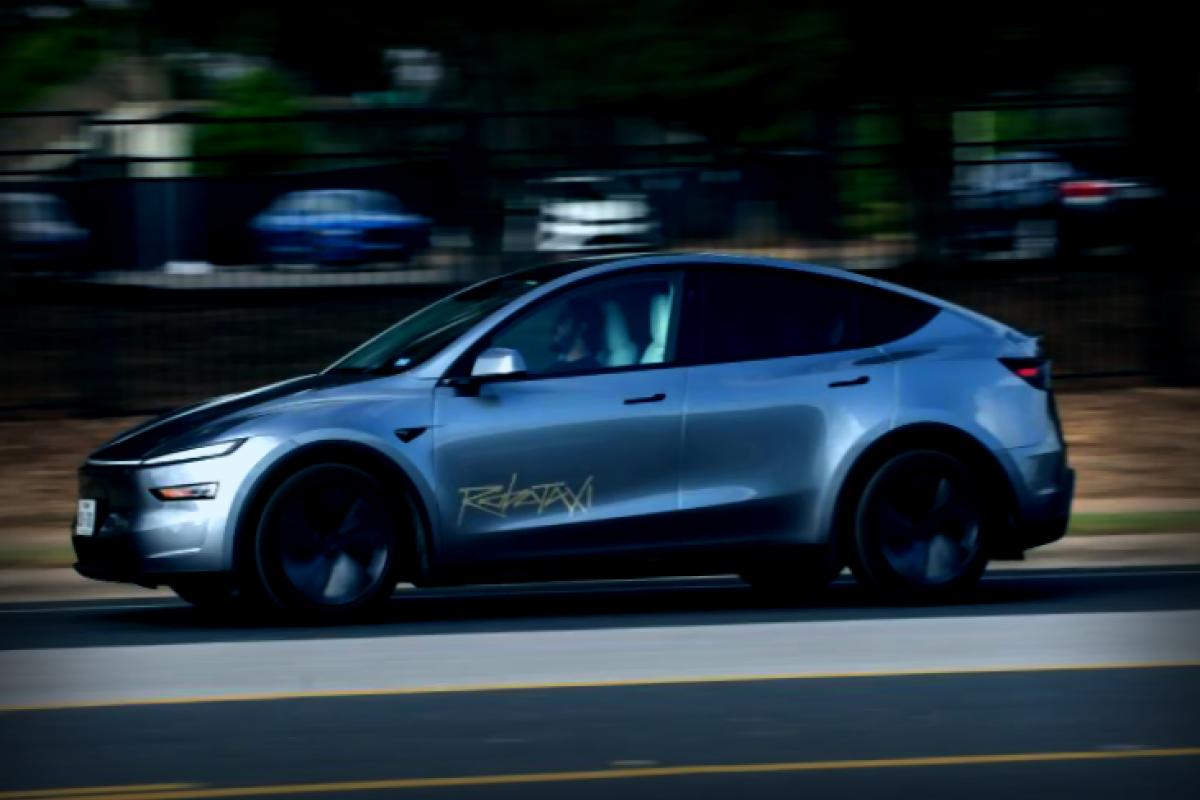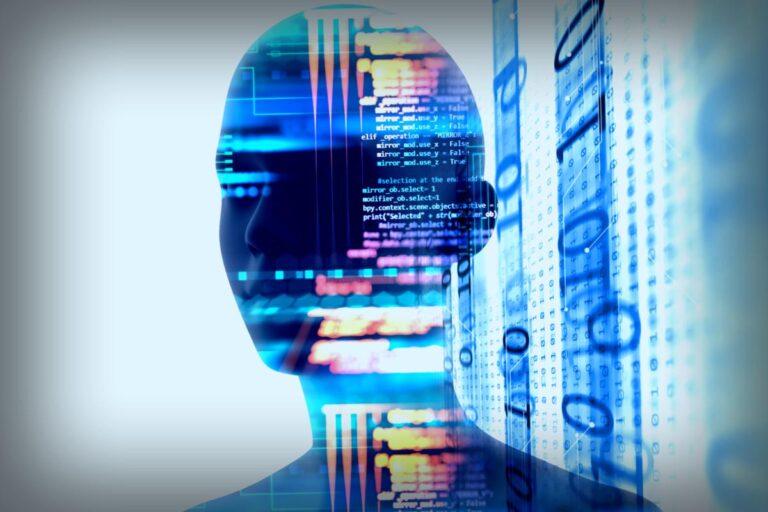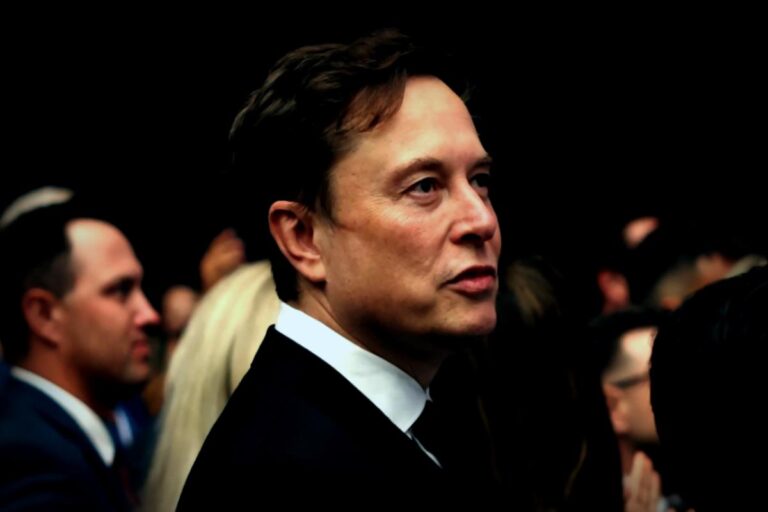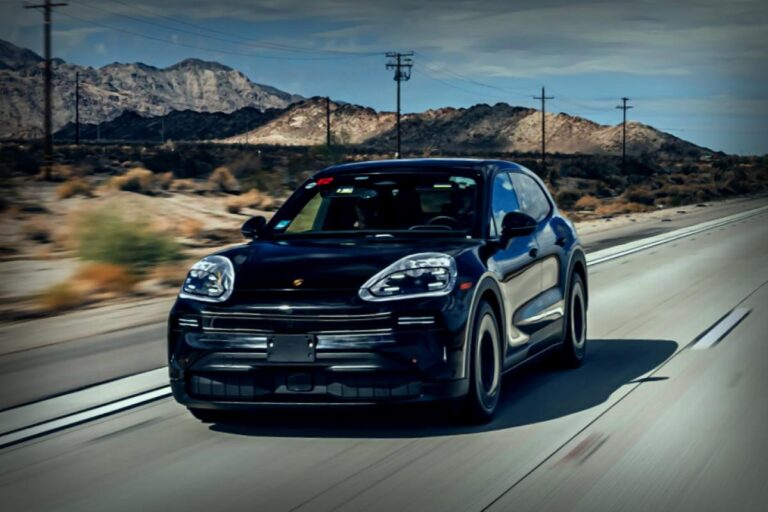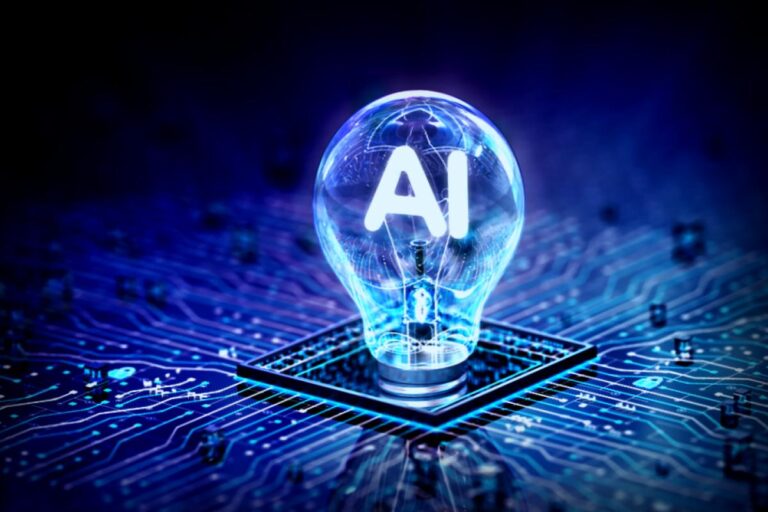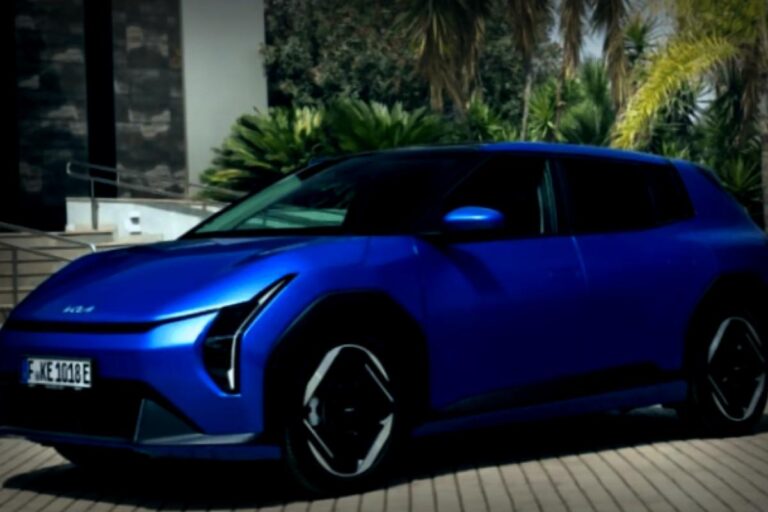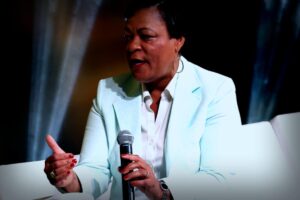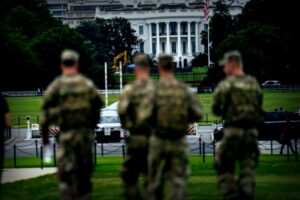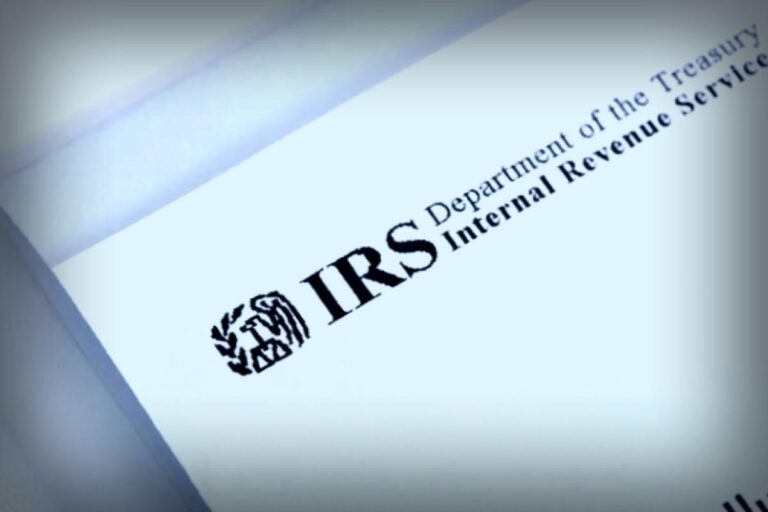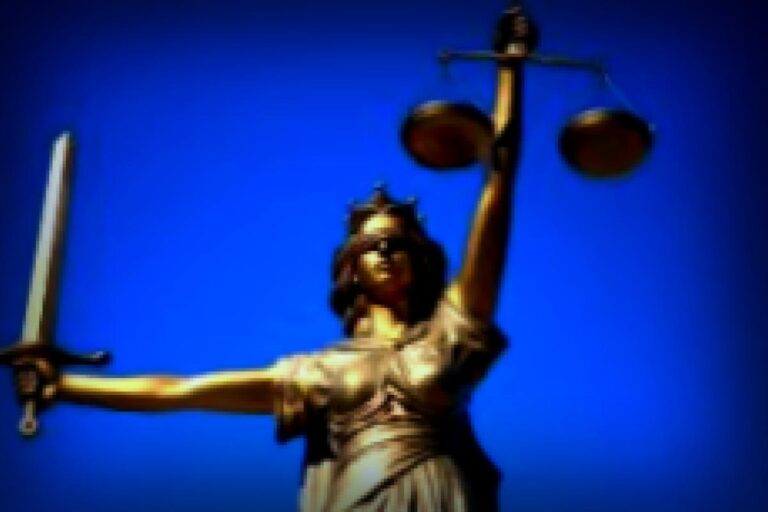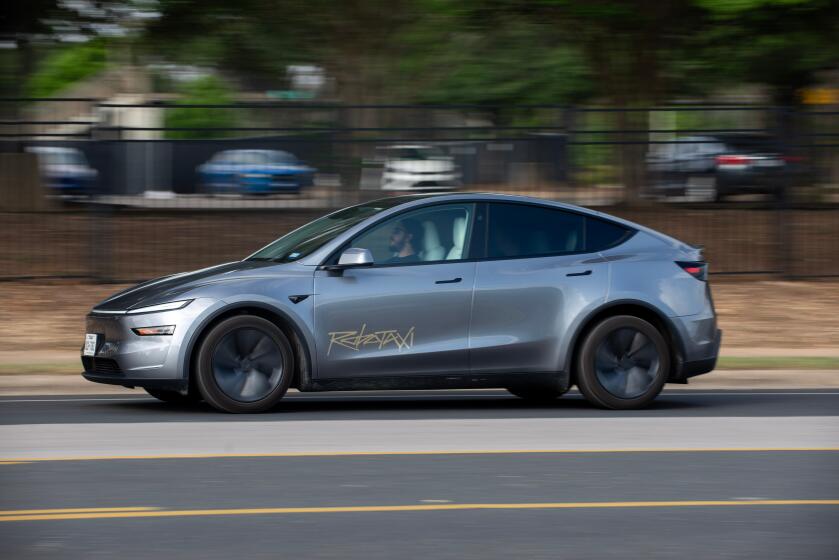
This spring, Elon Musk made headlines when he decided to step back from his position at the White House in order to rededicate his efforts to Tesla. The carmaker has been grappling with declining vehicle sales and a lingering reputation crisis.
However, as Musk dives into reviving Tesla’s fortunes with autonomous robotaxis, a string of recent lawsuits has thrown a wrench in his plans and raised serious doubts about the safety of the company’s self-driving technology.
Just last month, the California Department of Motor Vehicles slapped Tesla with a lawsuit, accusing them of false advertising regarding the Autopilot and Full Self-Driving features, along with a bid to halt Tesla sales in the state.
This month brought even more troubling news when a Miami jury concluded that Tesla was partly to blame for a deadly accident involving its Autopilot system, slapping the company with a $240 million settlement for the victims. While Tesla has faced similar lawsuits previously, this was the first to be adjudicated by a jury rather than settled behind closed doors.
Experts suggest this ruling could pave the way for additional claims against Tesla. Carnegie Mellon University’s engineering professor Raj Rajkumar remarked, “If the dam bursts and they are held accountable, Tesla could face serious financial challenges.”
Meanwhile, Tesla’s shareholders are losing patience. Following the Miami decision, a class-action lawsuit hit Musk with allegations of inflating stock value by overstating the readiness of the robotaxi initiative that kicked off this summer in Austin, Texas, Tesla’s home turf.
Tesla hasn’t provided any public comment regarding these developments.
While some investors and enthusiastic analysts believe Musk will eventually deliver on his lofty promises, these lawsuits have reignited skepticism about the tech mogul’s credibility and whether he can fine-tune a technology that is crucial to Tesla’s future success.
“The vehicles in Austin clearly aren’t performing to the level Musk has suggested,” iSeeCars.com analyst Karl Brauer stated. “If the robotaxi doesn’t get the green light soon, it could land Musk in hot water.”
Tesla’s share price has suffered severely, dropping nearly 12% since the year’s start, compounded by a significant 16% revenue slide for the automotive division in Q2 compared to the same period last year. Increased competition and brand erosion, partly due to Musk’s controversial ties to the Trump administration, haven’t helped either.
The Miami Legal Decision
The incident occurred back in 2019 in Florida, when George McGee was driving his Model S in Autopilot mode. Tragically, the vehicle veered off course and fatally struck a couple who were out stargazing, killing 22-year-old Naibel Benavides Leon and leaving her boyfriend with serious injuries.
McGee admitted to being distracted by his cellphone and over-relying on Autopilot’s capabilities when disaster struck. Evidence revealed he had not engaged in driving for at least 20 seconds prior to the crash.
In the recent case, the Miami jury ruled that Tesla bore partial responsibility, asserting that the company misrepresented Autopilot’s capabilities.
Prosecutor Doug Eaton pointed out how Musk, in the years before the accident, publicly claimed that his technology was safer than a human driver. “The consumer expectation is rooted in how the car is marketed. Musk sold them a car that wasn’t accurate.”
— Particularly in this situation, McGee’s reliance on Autopilot stemmed from Elon’s long-ago statements about the technology’s reliability, including a remark from 2015 where Musk confidently stated autonomous driving was a solved issue.
Despite such pledges, it’s important to recognize that Autopilot is classified not as a full self-driving system but rather as a driver assistance tool, requiring a human driver’s oversight for its functions.
“Regular consumers expected Autopilot to do far more than what it was capable of, thanks to how Tesla marketed this tech and how Elon talked it up,” added Adam Boumel, another attorney for the victims.
Tesla, in its defense, contended that the verdict was flawed, emphasizing that McGee acknowledged responsibility for the incident.
Shareholder Lawsuit Aims at Musk
The latest legal clout directed at Musk comes from Tesla shareholders displeased about the Austin robotaxi venture, relying largely on tech from the Autopilot system.
Denise Morand filed the suit in Texas on August 4, representing other shareholders. The lawsuit accuses Musk and Tesla of making misleading statements about the company’s operations and future performance.
Chief Financial Officer Vaibhav Taneja and his predecessor Zachary Kirkhorn are also tangled in the legal mess.
The complaint asserts that Tesla exaggerated the effectiveness of its autonomous driving capabilities and notably downplayed dangers associated with the robotaxi’s operations. As a result, the plaintiffs argue, Tesla’s financial and business outlooks were largely exaggerated.
The robotaxi deployment in Austin has faced numerous hiccups, including vehicles violating traffic regulations and even venturing into oncoming lanes.
Musk dismissed the shareholder suit, claiming it’s likely a stunt by class-action lawyers aiming for a slice of the winnings. He took to X (formerly Twitter) to express his views.
Many investors should already be accustomed to Musk’s penchant for bold, sometimes unrealistic promises, according to William Riggs, director of the Autonomous Vehicles and the City Initiative at the University of San Francisco.
However, considering Musk’s track record of remarkable achievements in electric vehicles, space exploration, and more, it’s unwise to underestimate him.
“He tries radical things like these, occasionally surprising us all,” Riggs explained.
Navigating Uncertain Progress
The ongoing legal issues have highlighted both the risks and potential within Tesla’s self-driving technology.
Tesla has introduced multiple systems tapping into its self-driving technology, like Autopilot and the more acclaimed Full Self-Driving mode. It remains a mystery whether Full Self-Driving powers the Austin robotaxis or the proposed Cybercab Musk mentioned.
On a classification scale developed by the National Highway Traffic Safety Administration, Tesla’s automation ranks as Level 2. This level means the driver bears the entirety of responsibility while getting ongoing supportive automation for steering, acceleration, and braking.
Currently, Tesla’s robotaxis in Austin must have a safety driver masked in the front passenger seat ready to intervene in emergencies.
Riggs added, “The vehicle performance isn’t great at the moment. A significant jump in capabilities to match offerings from Waymo or Cruise could take two to five years.” He referenced Cruise’s operations facing sanctions following a pedestrian accident in 2023.
With Musk claiming rapid breakthroughs are just around the bend, analysts are skeptical, given Tesla’s autonomous tech trails behind competitors who invest heavily in hardware solutions to enhance vehicle safety. Practically, Waymo vehicles make use of advanced sensing technology.W
With Musk’s intention to lead with a software-heavy method that leverages cameras and AI without this hardware, challenges remain. Rajkumar warned, “Expect imperfections in this AI-driven system. Lives depend on reliability; hence mistakes are inevitable.”
This piece initially appeared in the Los Angeles Times.

